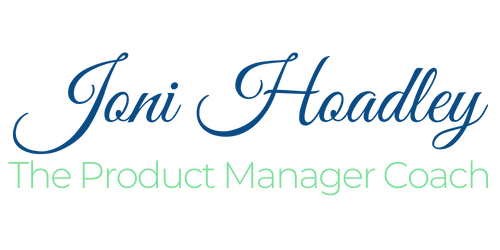The new year is a great time to set goals for the year ahead. Before you can set goals, though, you need to know where you’re starting from. A year-end retrospective can help you make the most of your successes, identify areas for improvement, and chart the roadmap for the year ahead. Here’s our guide to help you put together a successful end-of-year retrospective.
Here’s how to conduct a year-end retrospective:
1. Choose a format that works for you.
You can do this retrospective alone or with your team. Consider using a digital tool like Google Docs or Trello so everyone can contribute in real-time. Or schedule a meeting and use a whiteboard tool like Miro. If you’re doing it alone, consider using a notebook or Notion (my favorite new app).
I’ve created a free PDF workbook to guide you through this process. Click here to download it.
2. Set aside enough time.
This shouldn’t take long, but you don’t want to be interrupted during this important work. If you’re doing it alone, plan for 30 minutes. If you’re doing it with your team, prepare for 1 hour.
The best way to set aside this time is to schedule it as a meeting. Put it on your calendar. If it’s not scheduled, it’s unlikely to happen.
3. Assess Your Accomplishments.
Reflect on your successes from this past year and take time to celebrate. Make a list of the things you have achieved, and don’t forget to give yourself credit for all the small wins and bigger accomplishments. Take stock of what went well, and be proud of yourself for making progress.
4. Review Your Challenges
This reflection exercise can help you assess the challenges that stood in the way of success, how those challenges were overcome, and what strategies you may need to apply for similar obstacles you are likely to face in the new year. From here, set achievable goals for yourself with exact targets for what you want to accomplish during the coming year. This will give you clear direction and provide tangible milestones to strive towards.
5. Reflect On Actions
Reflect on your actions for the year, carefully examining what has been successful, what hasn’t, and why things happened the way they did. Keeping a journal throughout the year is an excellent way to track progress and look back on key accomplishments and learnings. Doing this can be especially useful when it comes to goal setting to figure out where you invested your time and resources effectively so that you do more of it in the New Year.
6. Try one of these fresh new ideas for conducting a year-end retrospective:

The Marie Kondo approach
Get some inspiration from my favorite organizational expert.
Instead of asking, “What went well,” ask yourself (or your team), “What Sparks Joy?”.
Instead of asking, “What should I stop doing?” try asking, “What am I happy to say goodbye to?”
The Charles Dickens Approach
“It was the best of times; it was the worst of times.”
Those tend to be the times we remember the most. Here’s how it works:
Highlights – Ask your team to think about the year’s best moments. What were the highlights?
Lowlights – When were there big problems, or did you feel unhappy in your job? What were the lowlights?
Use these reflections as a springboard to discuss how to make things better next year.
The Traditional Approach
If you prefer the typical scrum way, here are the traditional retrospective questions to ask:
- What went well?
- What didn’t go well?
- What did we learn?
- What changes should we make?
Be specific and give examples. The more specific you are, the more useful this exercise will be.
If you struggle to identify what went well, check out my article “Three reasons why recording your wins will help you be a great product manager.”
Once you’ve conducted the year-end retrospective, you can plan and set goals for the new year. Follow these steps to run your Year-End Retrospective: choose a format, set aside time, think about the past year, make plans for the new year, and be specific!
For information on setting goals for the new year, read my popular blog post, “How to Confidently Set Product Manager Goals for the New Year.”
If you’d like coaching on how to set goals, I invite you to request a coaching consultation call with me.
Remember that the key to a successful new year lies in thoughtful reflection and strategic planning. Embrace the insights you’ve gained, and use them to fuel your progress as a product manager. Ready to dive deeper and elevate your retrospective process? Don’t miss out on my comprehensive, free guide to conducting impactful retrospectives. It’s packed with practical tips and templates to make your next retrospective successful. Download your guide now and start transforming insights into action!
This post was updated on November 19, 2023.

